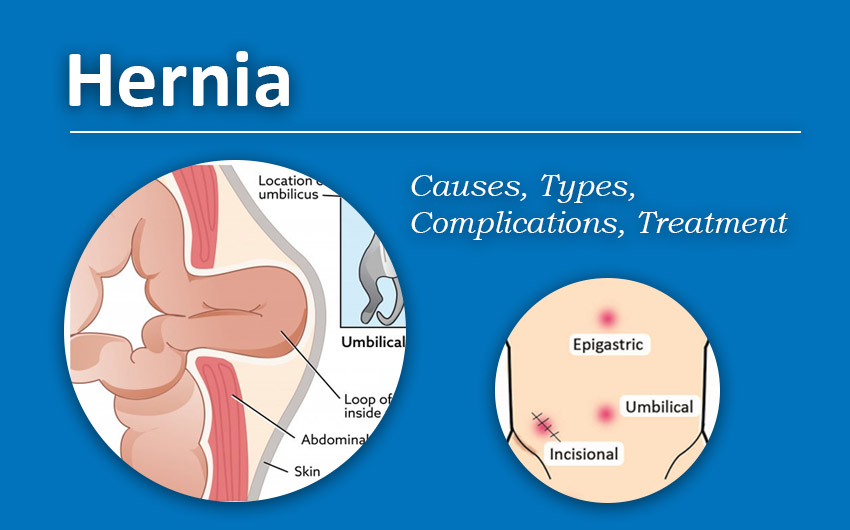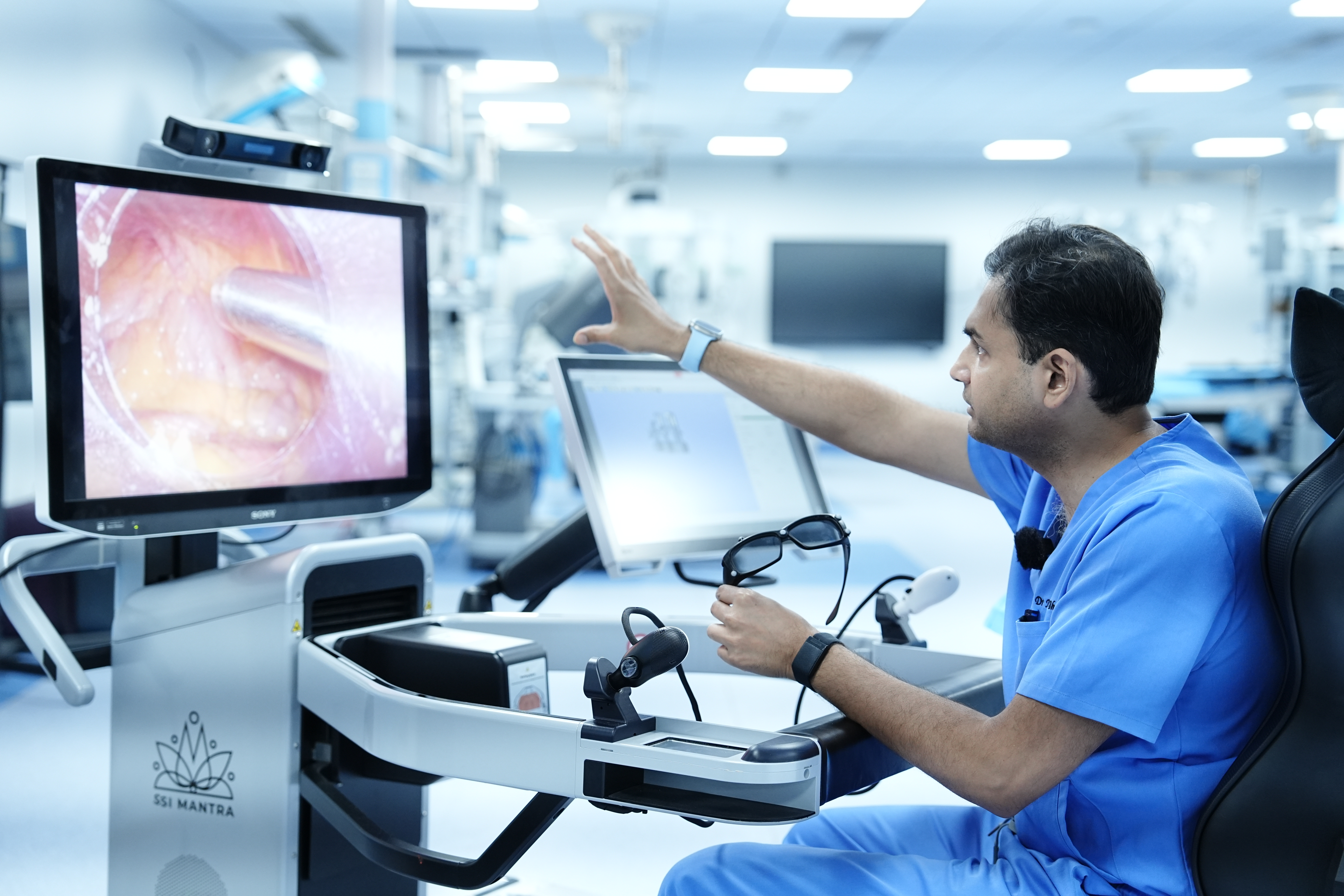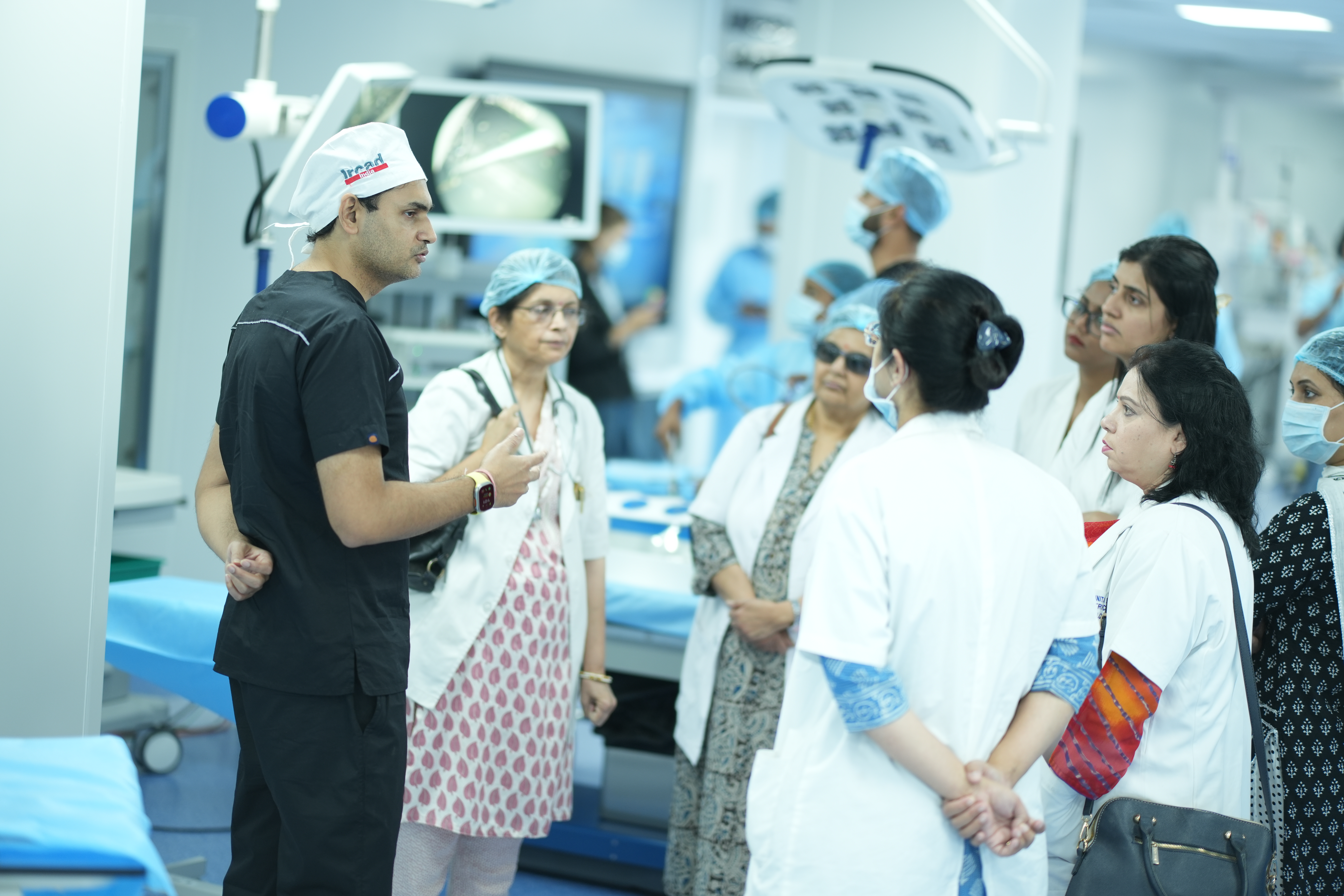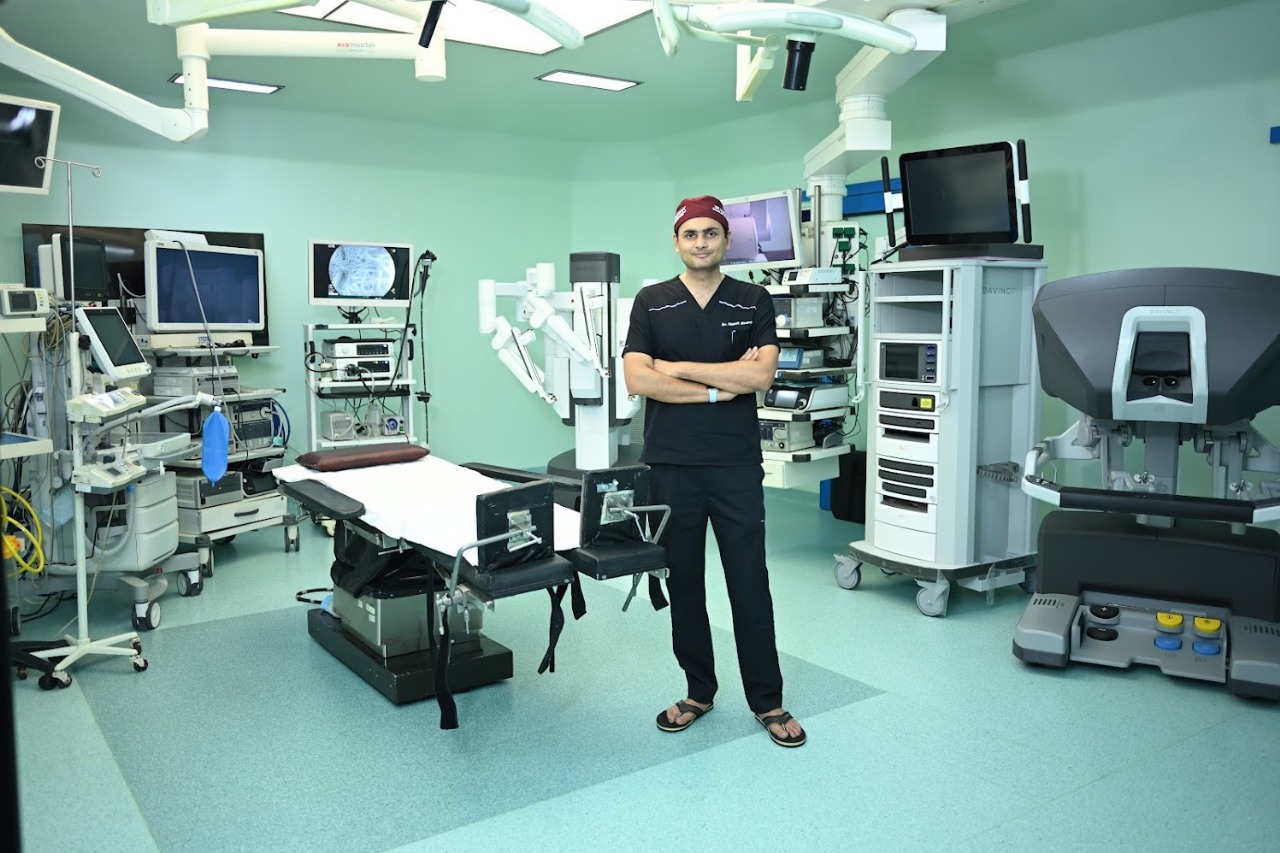

- admin
- October 6, 2023
- 5:54 am
Hernias are a common medical condition that can affect people of all ages and backgrounds. They occur when an organ or tissue protrudes through a weak spot in the surrounding muscle or connective tissue. While hernias can be uncomfortable and even painful, they are treatable, especially when diagnosed and managed by our experienced surgeons like Dr. Mahak Bhandari, Chief Laparoscopic and Robotic Surgeon.
Types of Hernia:
- Inguinal Hernia: This is the most common type of hernia and occurs in the groin area. It often appears as a bulge in the scrotum or the groin in men and as a bulge in the lower abdomen in women.
- Femoral Hernia: This type of hernia is more common in women and appears in the upper thigh or groin area.
- Incisional Hernia: These hernias develop at the site of a previous surgical incision.
- Umbilical Hernia: Occurring near the navel, this type of hernia is often seen in infants and can persist into adulthood.
- Hiatal Hernia: This type of hernia involves the upper stomach pushing through the diaphragm into the chest cavity and can lead to acid reflux and heartburn.

Symptoms of Hernia:
The symptoms of a hernia can vary depending on the type and severity but may include:
- A visible bulge or lump in the affected area.
- Discomfort or pain, especially when lifting heavy objects or straining.
- A feeling of fullness or pressure in the abdomen.
- Heartburn or chest pain in the case of hiatal hernias.
- Swelling and pain in the groin or scrotum for inguinal hernias.
Risk Factors for Hernia:
Several factors can increase the risk of developing a hernia:
- Age: Hernias are more common as people age, as muscle tissue tends to weaken over time.
- Gender: Some hernia types, like inguinal and femoral hernias, are more prevalent in men, while others, like umbilical hernias, are more common in women.
- Family History: Hernias can sometimes run in families, suggesting a genetic predisposition.
- Chronic Coughing or Straining: Conditions like chronic obstructive pulmonary disease (COPD) or persistent constipation can increase the risk of hernia development due to increased abdominal pressure.
- Obesity: Excess body weight can strain abdominal muscles, making hernias more likely.
Diagnosis and Treatment:
If you suspect you have a hernia or are experiencing any of the mentioned symptoms, it’s essential to seek medical attention promptly. Dr. Mahak Bhandari, with her expertise in laparoscopic and robotic surgery, can accurately diagnose the type and severity of your hernia. Treatment options may vary depending on the specific hernia but can include lifestyle changes, watchful waiting, or surgical repair. Consult your consultant as soon as possible the get the treatment.
In conclusion, hernias are common but manageable medical conditions. Understanding the types, symptoms, and risk factors associated with hernias is the first step toward effective diagnosis and treatment. Consult with the expert consultant near you, he will assure you that your hernia will be accurately assessed and managed, allowing you to regain your health and quality of life.

Dr. Mahak Bhandari’s commitment to advancing medical knowledge and delivering exceptional patient care has earned him a well-deserved reputation as a leading figure in the field of surgery.
Useful Link
Weekly Newslatter
To know more about updates. Please subscribe our newslatter.




